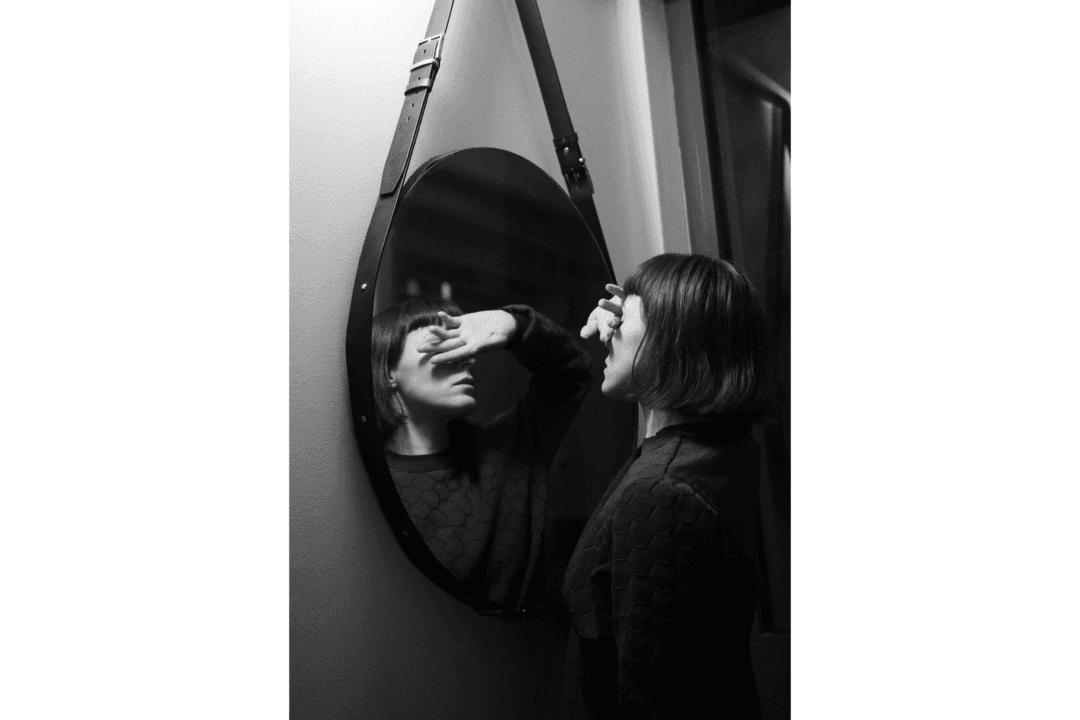NEW YORK—A new vigor for classical arts, like another Renaissance, is in the air at the Institute of Classical Architecture and Art, in Manhattan, where the lifelike sculptures of Sabin Howard are now on exhibit through March 22.
“Real art uplifts you, it transforms you,” said award-winning novelist Traci L. Slatton, who is also Howard’s wife.
Under the various banners of classicism, realism, and art that is simply “uplifting,” Slatton and other accomplished professionals from the art and literary world gathered on March 2 to celebrate Howard’s works—many of which depict gods in the Greek and Roman tradition and took Howard years to create.
“Looking is the point, beauty is the point, mastery is the point,” said Slatton in an opening speech that condemned the highly conceptual direction of abstract and contemporary art today. “Sabin Howard’s pieces lack irony; this is a deliberate choice.”
The event was not simply an exhibit but a call for a revival of traditional techniques and uplifting subject matter.
Stefano Acunto, chairman of the Italian Academy Foundation, which hosted the exhibit, implored, “Let us work to build upon the work of the greatest achievers, to improve upon it, and to develop it organically—much as Sabin Howard is doing.”
To this end, Acunto, who is also an honorary vice consul of Italy, released a new 10-point art manifesto at the event. A few of the points include “demand elevation, not degradation in subject matter and focus”; “seek reason and clarity, instead of celebrating unreason and emptiness”; and “cultivate devotion to the classics in every form.”
Lamenting the current state of the art world, Acunto said, “Our art spurns reason in a tipsy, self-inebriated and self-anointed binge of self-expression, attempting to capture the soul of our age by holding up a mirror of its very emptiness.”
One Hundred Years
Some of the speakers said the contemporary art world has been off-track for as long as 100 years.
Slatton pointed to artist Marcel Duchamp, who was known as a Dadaist and Surrealist. Duchamp’s 1917 work “Fountain” is, at least on a superficial level, a urinal hoisted on a pedestal.
“It would have been fine for five or ten minutes of intellectual entertainment or shock value, but it’s 100 years later and art is still being flushed down the toilet,” Slatton said. “I’m here to tell you, the emperor has no clothes.”
James E. Cooper, editor of American Arts Quarterly, puts the point of initial decline somewhere between World War I and World War II, with the decline gradually becoming more pronounced. He said he could see the change when he was attending the Pratt Institute. At first, he said such art institutions had it right.








